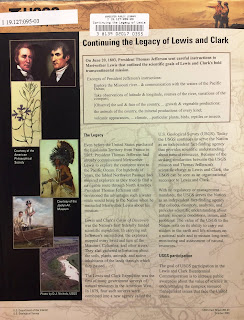And so, my fellow Americans,
ask not what your country can do for you -
ask what you can do for your country. - JFK
The Kennedy name is synonymous with American politics, and today marks the birth of a political legacy: John Fitzgerald Kennedy was born 100 years ago on this day.
Not only is the Kennedy name synonymous with American politics but it is also synonymous with scandal and tragedy.
Coming from a very wealthy family, he had almost every privilege in life. This allowed him to lead a life of public service that began with the United States Naval Reserves and ended tragically with his assassination during his Presidency while on a visit to Dallas, Texas, in 1963.
His first election to the House of Representatives was made possible by his father, who urged the current U.S. Representative, James Michael Curley, to run for mayor of Boston to make way for his son and financed Kennedy’s campaign. There were extramarital affairs, most famously with Marilyn Monroe. There were cries of nepotism which stemmed from many close family members holding appointed and elected positions in the government.
But amid the scandal, President Kennedy worked towards civil rights, established the Peace Corps, bolstered the space program, and had an average approval rating of 70%, the highest of any president.
Below are just a few items from our Government Documents collection published during his all-too-brief presidency.
If we cannot now end our differences, at least we can help make the world safe for diversity. -JFK
















